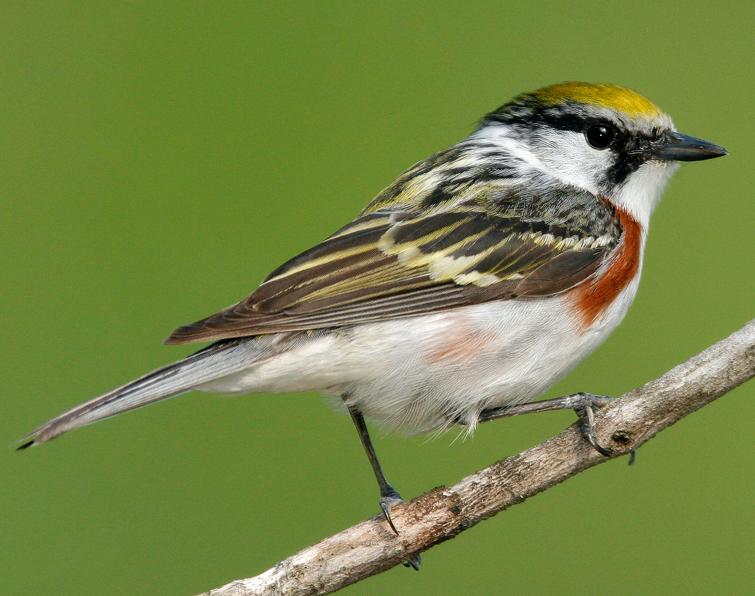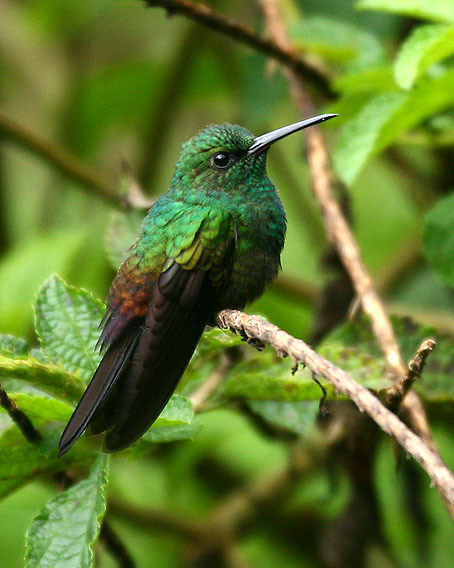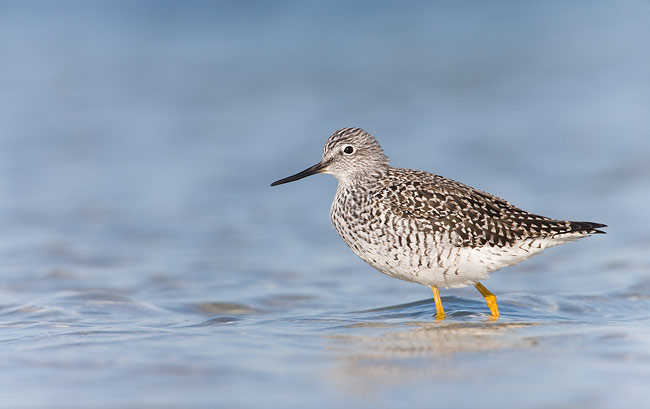Costa Rica Travel – In the middle of January, my wife and I and two other couples made a 12-day trip to Costa Rica, following by a few months the billions of North American birds that migrated south for the winter.
 Waiting to pick up our rental van near the San José airport, we saw some birds flitting in a few nearby trees. And our first birds of the trip were …
Waiting to pick up our rental van near the San José airport, we saw some birds flitting in a few nearby trees. And our first birds of the trip were …
Chestnut-sided warblers, Tennessee warblers and a bright male Baltimore oriole. Not the exotic tropical species we were expecting!
Those were the first of many neotropical migrants we would see on our trip. We tend to think of chestnut-sided warblers and Baltimore orioles as “our” birds. But they spend less of the year in North America than in tropical areas. We get them on loan for the breeding season.
We spent our first night at the Hotel Bougainvillea, north of the airport. Its 10 acres of gardens were delightful for a prebreakfast bird walk. Clay-colored thrushes, the national bird of Costa Rica, were common. Other highlights were Lesson’s motmots, crimson-ringed parakeets and some old friends, three yellow warblers.
Then we went to La Selva Biological Station in northeastern Costa Rica, a center of rain forest research. We took advantage of the extensive trail system there for a glorious three days.
Neotropical migrants included broad-winged hawks, house wrens, wood thrushes, abundant chestnut-sided warblers and summer tanagers.
Toucans were abundant, loud and easy to see. We found three species: yellow-fronted toucan, keel-billed toucan and collared aracari. We saw small flocks of great green macaws in flight several times and once had the delight of watching two perched macaws through a spotting scope. Fewer than 300 of this species exist today.
Bronze-tailed plumeleteers, rufous-tailed mummingbirds and steely-vented hummingbirds were the most common hummers. We also had great looks at a rufous-tailed jacamar. This woodpecker relative has a long, thin bill for capturing insects on the wing. It looks like a giant hummingbird!
We had the pleasure of seeing a number of green ibis. They are so different from the glossy ibis that nest along the southern Maine coast. Glossies are rather quiet birds, sedately probing in the mud with their long decurved bills. Green ibis like to perch in treetops and are extremely vocal, giving an accelerating hooting call. They are most active at dawn and dusk.
Numerous species of tanagers delighted us, each more gaudy and spectacular than the last. But sometimes an understated appearance can be the most beautiful. For me, that applies to the snowy cotingas we saw: white (male) or light gray (female) feathering with a dark eye and bill. Stunning birds!
We had long looks at a perched rufous motmot. Another beautiful bird with subtle coloration.
Birds of prey included a semiplumbeous hawk, a gray-headed kite and a laughing falcon, whose call really does sound like a person laughing.
On our final afternoon at La Selva, we took a boat tour of the Rio Sarapiquí. Great yellowlegs, spotted sandpipers, great blue herons and little blue herons were foraging on the banks.
Most of the swallows wheeling overhead were familiar northern rough-winged swallows. Some were southern rough-winged swallows, with their gray rumps, and a few mangrove swallows with blue-green upper parts were mixed in.
Our guide spied a well-hidden green kingfisher, only 7.5 inches in length. A delightful imp! We also had a good view of the much larger Amazon kingfisher.
We had a brief view of a soaring bird that came back for a good look. It was a king vulture. We knew it was a particularly good sighting because our tour guide was so excited to see it.
BY HERB WILSON, Portland Press Herald
Herb Wilson teaches ornithology and other biology courses at Colby College. He welcomes reader comments and questions at

